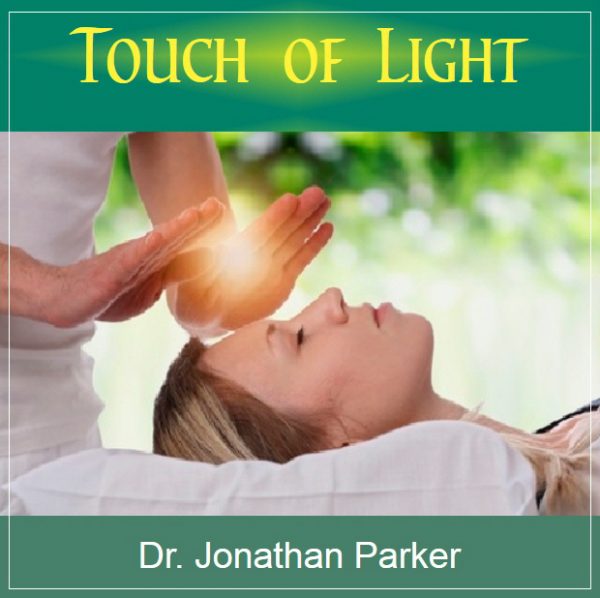Reflexology Realms: Exploring Balance in Alternative Healing

TRANSLATE BUTTON AT THE END OF THE ARTICLE
Reflexology Realms: Exploring Balance in Alternative Healing
Overview
Reflexology, an alternative healing therapy, has gained popularity in recent years as a natural and holistic approach to wellness.
The practice is rooted in the belief that specific areas of the feet, hands, and ears, known as reflex zones, correspond to different parts of the body.
By applying pressure and stimulation to these zones, practitioners aim to promote balance and well-being throughout the body.
This article delves into the realms of reflexology, exploring its history, principles, techniques, benefits, and its role in complementary medicine.
Understanding the Basics of Reflexology
Reflexology is based on the concept that there are reflex zones on the feet, hands, and ears that mirror the body’s organs, glands, and systems.
By working on these reflex zones, reflexologists believe they can stimulate the body’s natural healing processes and promote overall health.
The therapy is non-invasive and typically involves the application of pressure using the fingers, thumbs, or specific tools.
Examining the History of Reflexology
Although reflexology has gained popularity in recent years, its roots can be traced back thousands of years.
The ancient Egyptians and Chinese practiced similar techniques centuries ago.
Modern reflexology, as we know it today, was developed in the early 20th century by doctors and physiotherapists who noticed the effects of pressure on specific areas of the body.
Through research and experimentation, they refined the techniques and established reflexology as a distinct therapy.
How Reflexology Works: The Principles
Reflexology works on the principle that each reflex zone corresponds to a specific part of the body.
By applying pressure to these zones, reflexologists aim to stimulate the corresponding body part, organ, or system.
The pressure applied is believed to increase blood circulation, release tension, and restore balance to the body’s energy flow.
The therapy also encourages the body’s natural healing mechanisms, promoting relaxation and overall well-being.
The Science behind Reflexology: Fact or Fiction?
While reflexology is often regarded as an alternative therapy, its effectiveness has been supported by anecdotal evidence and some scientific studies.
However, it is important to note that reflexology lacks extensive scientific validation.
Some researchers argue that the benefits experienced by individuals could be attributed to the placebo effect or general relaxation.
More scientific studies are needed to understand the mechanisms behind reflexology and its specific effects on the body.
Mapping the Reflexology Zones of the Body
In reflexology, the body is divided into different reflex zones that correspond to specific organs or systems.
The feet are the most commonly worked on, with each foot mirroring one side of the body.
The toes represent the head, while the heel represents the pelvic region.
The hands and ears also have reflex zones, albeit on a smaller scale.
Reflexologists use detailed maps that illustrate the specific points and zones on these areas, guiding them in their practice.
The Role of Reflexology in Promoting Well-being
Reflexology is believed to promote overall well-being by restoring balance and harmony in the body.
It is often used as a complementary therapy to address a range of conditions, including stress, anxiety, digestive disorders, migraines, and chronic pain.
By stimulating the reflex zones, reflexologists aim to alleviate symptoms, reduce tension, and promote relaxation.
Many individuals find reflexology to be a deeply soothing and calming experience.
Reflexology Techniques: Pressure Points and Stimulation
Reflexology techniques vary, but they typically involve applying pressure to specific points or zones on the feet, hands, or ears.
Reflexologists may use their fingers, thumbs, or specific tools to apply pressure in a precise and controlled manner.
Massage, kneading, and rotation techniques may also be incorporated.
The pressure applied should be firm but not painful, allowing the reflexologist to feel for any areas of tenderness or imbalances.
Reflexology Benefits: From Pain Relief to Stress Reduction
Reflexology offers a range of potential benefits to individuals seeking alternative healing methods.
Some of the reported benefits include pain relief, stress reduction, improved circulation, enhanced relaxation, and better sleep quality.
Reflexology may also support the body’s natural detoxification processes, boost the immune system, and promote a sense of balance and well-being.
Reflexology and Complementary Medicine: An Effective Pairing
Reflexology is often used in conjunction with other complementary therapies to support overall health and well-being.
It can be integrated into a comprehensive wellness routine that includes practices such as acupuncture, aromatherapy, and yoga.
By combining different modalities, individuals can experience a synergistic effect, enhancing the potential benefits of each therapy.
Reflexology Myths Debunked: Separating Fact from Fiction
As with any alternative therapy, reflexology has its fair share of myths and misconceptions.
One common myth is that reflexology can diagnose specific medical conditions.
However, reflexology should not be used as a substitute for medical diagnosis or treatment.
Another misconception is that reflexology can cure ailments or diseases.
While reflexology may help alleviate symptoms and promote well-being, it is not a substitute for medical intervention.
It is essential to approach reflexology with realistic expectations and to consult with qualified practitioners.
Incorporating Reflexology into Your Wellness Routine
If you are interested in trying reflexology, it is important to seek out a qualified and experienced reflexologist.
They should have proper training and certification to ensure safe and effective treatment.
Reflexology sessions are typically conducted in a calm and relaxing environment.
During the session, communicate your needs and preferences to the reflexologist, as this will help them tailor the treatment to your specific concerns.
Incorporating reflexology into your wellness routine can be a valuable addition to support your overall health and well-being.
Conclusion
Reflexology offers a unique approach to alternative healing, focusing on the connection between specific reflex zones and various parts of the body.
While scientific evidence supporting its effectiveness is still limited, many individuals report positive experiences and benefits from reflexology.
By exploring the principles, techniques, and benefits of reflexology, individuals can make informed decisions about incorporating this therapy into their wellness routines.
However, it is crucial to approach reflexology as a complementary therapy and to consult with qualified practitioners to ensure safe and effective treatment.

The Enlightenment Journey is a remarkable collection of writings authored by a distinguished group of experts in the fields of spirituality, new age, and esoteric knowledge.
This anthology features a diverse assembly of well-experienced authors who bring their profound insights and credible perspectives to the forefront.
Each contributor possesses a wealth of knowledge and wisdom, making them authorities in their respective domains.
Together, they offer readers a transformative journey into the realms of spiritual growth, self-discovery, and esoteric enlightenment.
The Enlightenment Journey is a testament to the collective expertise of these luminaries, providing readers with a rich tapestry of ideas and information to illuminate their spiritual path.
Our Diverse Expertise 🌟
While our primary focus is on spirituality and esotericism, we are equally passionate about exploring a wide range of other topics and niches 🌍📚. Our experienced team is dedicated to delivering high-quality, informative content across various subjects ✨.
To ensure we provide the most accurate and valuable insights, we collaborate with trusted experts in their respective domains 🧑🏫👩🏫. This allows us to offer well-rounded perspectives and knowledge to our readers.
Our blog originally focused on spirituality and metaphysics, but we’ve since expanded to cover a wide range of niches. Don’t worry—we continue to publish a lot of articles on spirituality! Frequently visit our blog to explore our diverse content and stay tuned for more insightful reads.





















